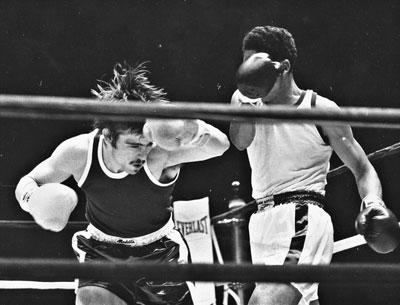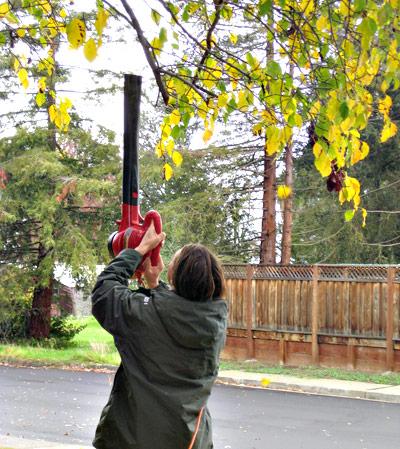First Kiss
First Kiss
I was a spitfire tomboy and only 13 when I made my first exciting escape, sneaking out at 3 o’clock in the morning, shimmying down the side of the house from my second-floor bedroom window. I was a little shaky at such a height, but I had so much adrenaline before my feet touched the ground that I thought I could fly.
Less than two miles away, he waited for me, Larry Hermann, the boy with sun-bleached hair and eyes the same color blue as my big sister’s angora sweater. We’d met at a boy-girl party where some of the older kids played spin the bottle and we’d just watched, while stealing sneaky looks at each other.
He was sitting on his front stoop in the dark when I came up his walkway, and he jumped up to greet me, as if he couldn’t believe I showed up, as if he were really impressed. He surprised me when he linked his hand into mine and he pulled me and we ran together, talking nonsense and laughing, until we got to Bunker Woods, where only wild animals and cool kids dared to go. Neat, I thought. He must like climbing trees too.
Unexpectedly, under the moon, he wrapped me up in his arms, and lickety-split I realized it was an embrace unlike the ones I got from my parents and aunts and uncles. All my senses seemed to be magnified a hundred kazillion times, including his breathing in my ears, like gusts of wind.
Roy Orbison was singing “Pretty Woman” on a transistor radio Larry had set down on a log. The high notes went through my body like the bow of a violin. I felt I was floating in the lightness of the moment, confused by his caress, concentrating on all my senses, imagining his at the same time I was studying the mighty oaks around us — what great tree houses and forts could be made in these surroundings.
As he held me, I thought about something I once read: how bunny rabbits could simply die from lack of touch. I wondered how I’d ever survived up until this point without it. I felt like a wild animal, getting my first jolt when his lips gently grazed mine. I thought of the soft feathers of a baby bird; our lips together and I became a sparrow flying for the first time. I thought, Wow!
The kiss — it’s monumental, like on the big screen. Every microscopic cell of my being explodes like magic, the stars multiply and twinkle and burst across the sky in applause, and I look at him through kaleidoscope eyes. His skin is tawny and warm. He smells like summer. We blossom as one, and we melt into candle wax too hot to touch and too confusing for me to contemplate.
My tousled hair fell out of the shiny satin ribbon that held it, and I shuddered, afraid yet not afraid of my very first kiss, the most important one of all, and I was ready for it to tickle me silly, to be the one that I will never forget. And it was perfect because it was among nature with the birch and maples and pines, and small animals as our only witnesses, peeking at us in awe.
We returned to the empty road, back to my house, and said our goodbyes. We never saw each other again. That was all we needed in our innocence, and it belonged only to us and no one else. Forever!
I climbed back up to my bedroom window and landed on my mattress with my favorite old stuffed toy. The rabbit’s glass eyes looked frozen, as if he needed a hug more than I did, as if he had once been alive and kept in a cage, untouched, and then stuffed and stitched up with all his feelings stuck inside.
Unable to sleep, I reached for my water globe on my nightstand, with the plastic boy and girl figurines glued together in a whirlwind of glitter . . . but, this boy, the “real” boy, somewhere not far from my bedroom window, had just shaken up my insides and was unattached to the globe I had within me. I was alone with my thoughts as though it had never happened. Or was I? Would he remember the experience in the same way I would? Would life continue on as before without a kiss review in the local newspaper?
Mom used to say, “Don’t grow up too fast,” when she brushed my hair late at night. I guess I could have waited a little longer for my first kiss, especially because love is crazy kinda like magic is, and can disappear into the night — like Larry Hermann. Poof!
Janet Lee Berg is the author of “Glitz of the Hamptons” and “Rembrandt’s Shadow,” a novel. A longtime “Guestwords” contributor, she lives in East Moriches.


